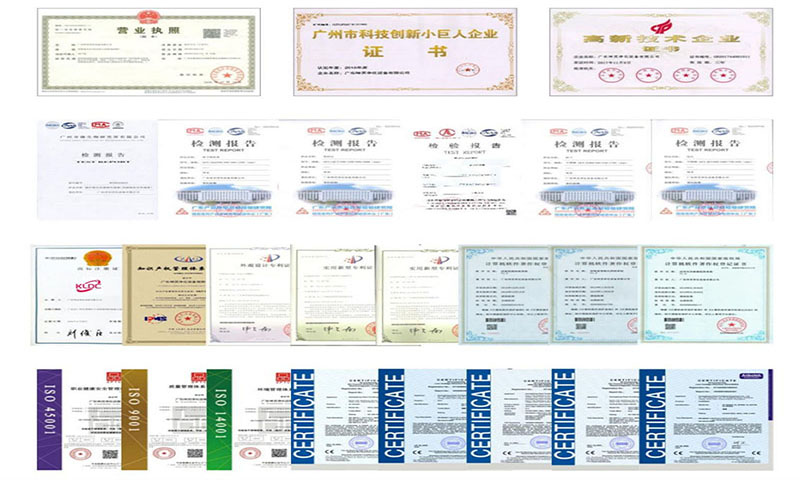 MENU
MENUX
Class 8 Modular Cleanrooms are controlled environments designed to meet ISO 14644-1 Class 8 standards for air cleanliness. They are constructed with modular components, meaning the cleanroom can be pre-fabricated or assembled on-site and customized to specific needs.
ISO 14644-1 Class 8 Standard:Particle Count (per m³ of air)
Maximum of 3.5 million particles of size 0.5 microns or larger.
Air Cleanliness: To meet the Class 8 standard, the cleanroom must be equipped with high-efficiency particulate air (HEPA) filters or ULPA filters to ensure proper air filtration.
Air Changes per Hour (ACH): Class 8 cleanrooms typically require a minimum of 60-100 air changes per hour, depending on the specific use case and environmental conditions.
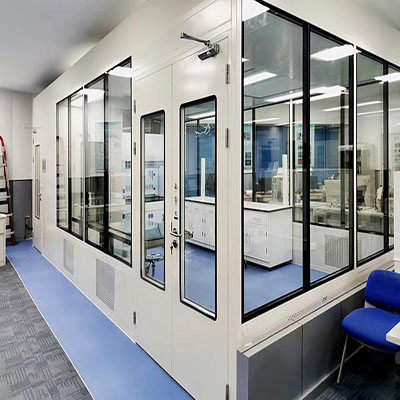

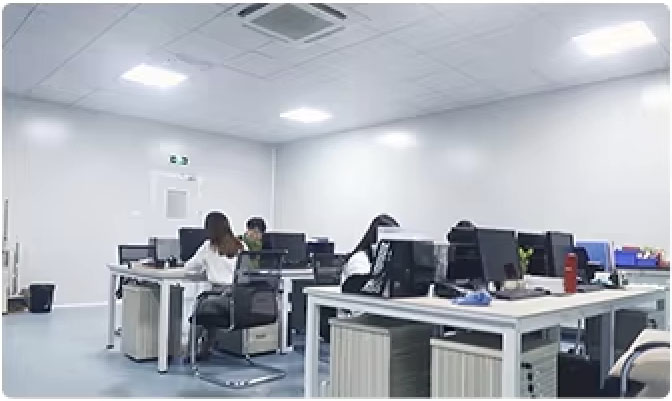
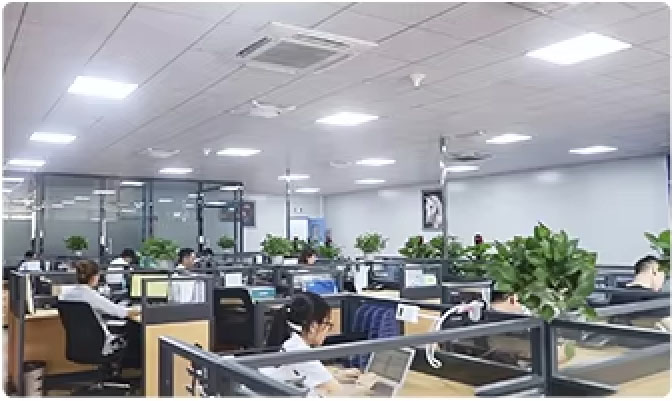

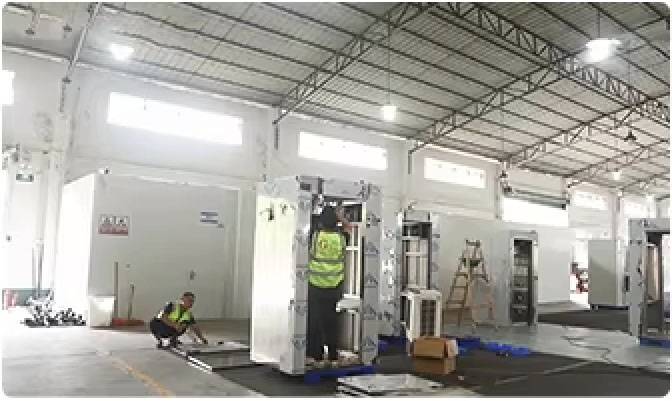
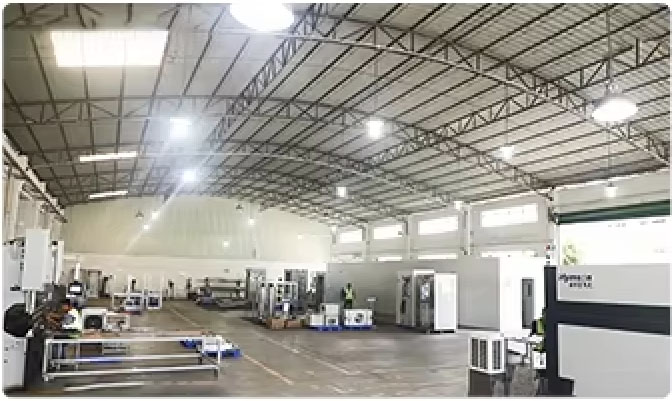
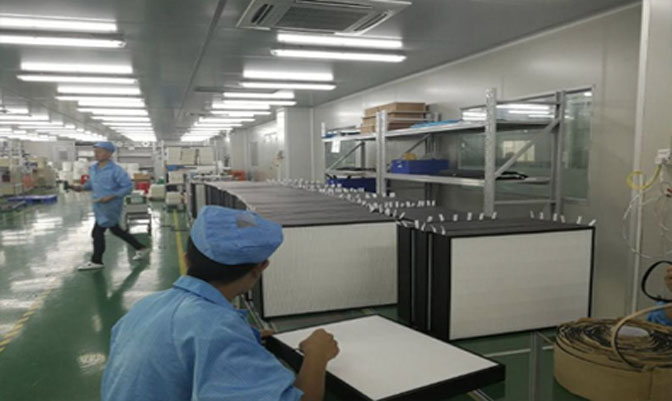
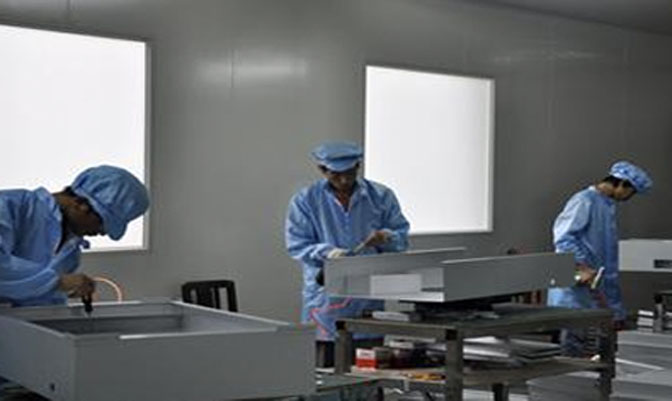
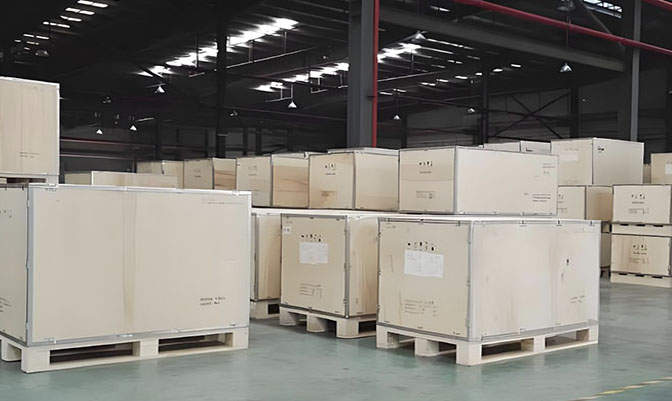
Modular cleanrooms are made from pre-fabricated panels and components that are easily assembled and disassembled. This modular approach allows for faster construction, flexibility, and scalability.
Modular Construction: Components like walls, ceilings, floors, and doors are pre-fabricated and can be customized based on specific requirements. The modular nature allows for expansion or reconfiguration as needed.
Air Filtration: These cleanrooms are typically equipped with HEPA filters that trap particles, ensuring that the cleanroom environment meets the required cleanliness level.
Flexibility: Modular cleanrooms can be adapted to different applications and requirements, making them ideal for growing businesses or changing production needs.
Ease of Maintenance: Since the components are modular, it is easier to replace parts like filters, lights, or flooring without major disruption to the cleanroom operation.
Controlled Access: The cleanroom is designed with controlled access points such as airlocks and gowning areas to prevent contamination from personnel entering or leaving the cleanroom.
Class 8 cleanrooms are suitable for environments where the level of contamination control required is not as stringent as that of Class 7 or higher, but cleanliness is still important. Common applications include:
Pharmaceutical Manufacturing: Class 8 cleanrooms can be used in the production of non-sterile pharmaceutical products where particulate contamination is a concern but the product does not require a Class 7 or Class 5 cleanroom.
Medical Device Manufacturing: Production of medical devices such as diagnostic instruments or non-sterile surgical tools where particle contamination could affect product quality.
Biotechnology and Research: Research and development labs that work with biological materials or pharmaceuticals that are less sensitive to contamination than in higher-class environments.
Electronics Assembly: Manufacturing of non-sensitive electronics such as circuit boards and components where airborne particles can affect quality but the sensitivity is not as high as in semiconductor manufacturing.
Food Packaging: Some food processing or packaging environments, where there is a need for maintaining product integrity through cleanliness without requiring the extreme cleanliness of higher-class cleanrooms.
Cosmetics Manufacturing: Production of non-sterile cosmetics and personal care products where particle contamination needs to be controlled but is not as critical as in sterility-sensitive industries.
The modular design of Class 8 cleanrooms provides several key advantages:
Flexibility:
Scalability: Modular cleanrooms can be expanded or adjusted as needed. If the demand increases or a new process requires a different layout, the cleanroom can be easily modified or reconfigured.
Customization: Components such as wall panels, flooring, and filtration systems can be tailored to meet specific needs, whether that involves airflow design, room size, or environmental controls.
Cost-Effectiveness:
Lower Initial Cost: Compared to traditional cleanrooms, modular cleanrooms are more affordable to construct because they use pre-fabricated components and require less labor to assemble.
Faster Setup: Modular cleanrooms can be installed much faster than conventional cleanrooms, reducing downtime and allowing businesses to begin production or operations quickly.
Less Downtime for Maintenance: Regular maintenance and upgrades are easier and less disruptive in modular systems because components are replaceable without affecting the whole system.
Ease of Maintenance and Expansion:
Modular Components: When a component like a filter, light, or wall panel requires replacement, it can be easily swapped without major disruption to the operation.
Upgradability: As new technologies or more stringent requirements emerge, modular cleanrooms can be updated or upgraded more easily than traditional cleanrooms.
Compliance with Standards:
Class 8 modular cleanrooms can be designed to meet ISO 14644-1 and other relevant standards (such as GMP, FDA, or EU regulations) for the specific industry, ensuring they comply with the required cleanliness levels and operating conditions.
To meet the Class 8 standard for cleanliness, several key components are necessary:
Air Filtration: The cleanroom should be equipped with HEPA filters that trap particles, typically at 0.3 microns or larger, to ensure that the air remains clean and free from contaminants.
HVAC Systems: The cleanroom needs an HVAC system that ensures proper air distribution and maintains the required airflow (e.g., air changes per hour). This system also controls temperature, humidity, and pressure differentials to maintain the desired environmental conditions.
Flooring and Wall Materials: Modular cleanrooms typically use smooth, non-porous, and easy-to-clean materials for floors and walls to prevent contamination and facilitate cleaning.
Lighting: Specialized lighting systems that do not emit particles or heat, and which can be easily cleaned, are essential in maintaining a controlled environment.
Monitoring Systems: Real-time environmental monitoring systems that track particle counts, temperature, humidity, pressure, and airflow. These systems ensure the cleanroom meets ISO 14644-1 standards and are often integrated with alarms for out-of-spec conditions.
While modular Class 8 cleanrooms are flexible and cost-effective, there are some challenges to consider:
Particle Control: Class 8 cleanrooms are less stringent in terms of contamination control compared to higher-class cleanrooms. While they are suitable for many applications, industries with very strict contamination control requirements might need to consider higher classes (e.g., Class 7 or Class 6).
Ongoing Maintenance: Like all cleanrooms, Class 8 modular cleanrooms require regular maintenance to ensure that filters, HVAC systems, and other equipment are functioning properly. Failure to maintain cleanliness could result in non-compliance with standards.
Airflow Requirements: Ensuring adequate air changes per hour (ACH) and uniform airflow patterns is critical to maintaining cleanliness levels. Poor design or improper maintenance could lead to localized contamination.
